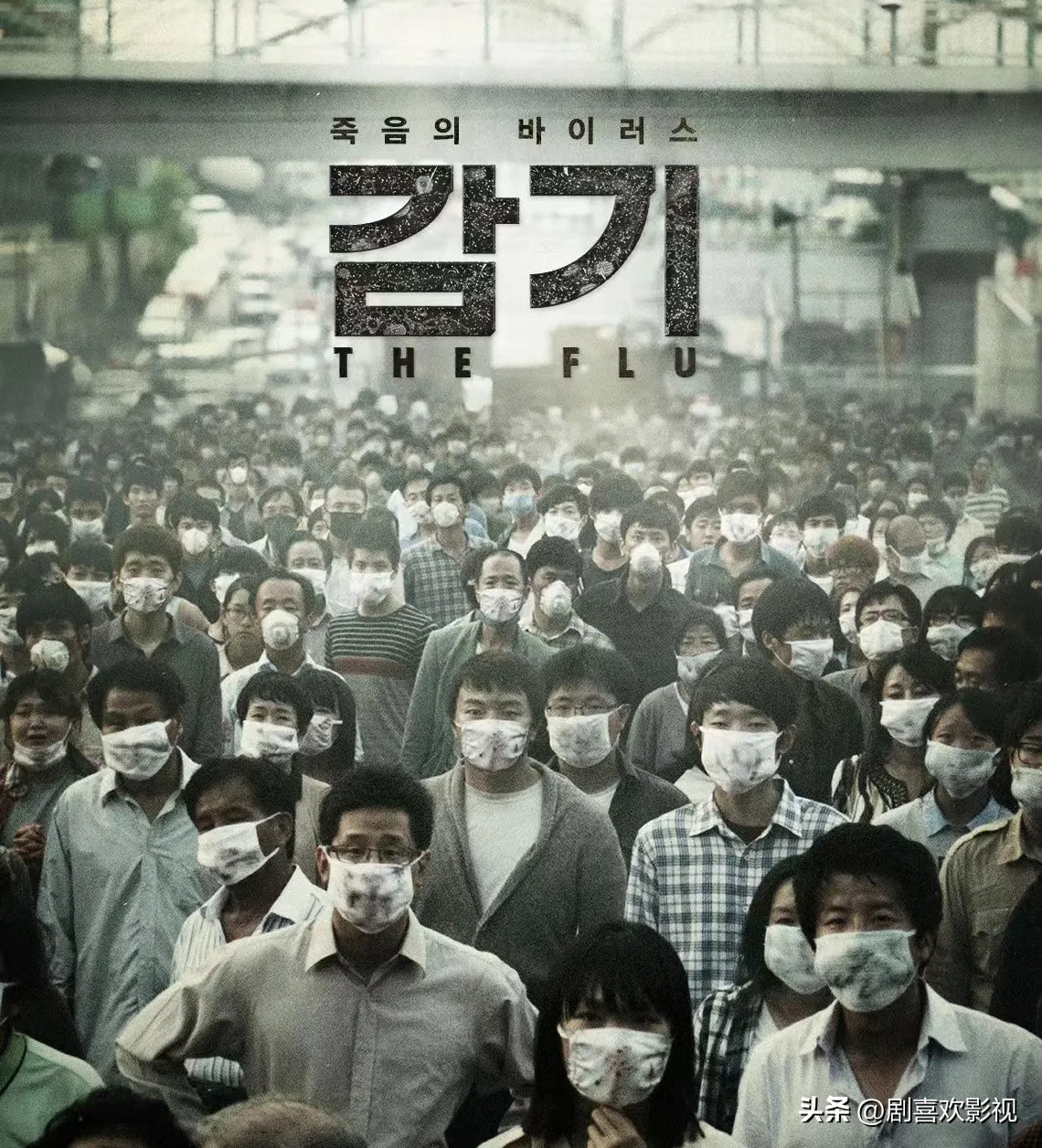The Chilling Reality of “Flu”: A Prescient Reflection on Pandemic Preparedness
The South Korean film “Flu” is a compelling cinematic experience that offers a profound look into the social dynamics and human responses during a sudden public health crisis. Its themes and plot resonate deeply with the global challenges posed by the recent COVID-19 pandemic. In many ways, “Flu” serves as a prescient work, foreshadowing the potential societal and personal impacts of a global epidemic through its vivid depiction of a rapidly spreading influenza outbreak.
Echoes of Reality: Parallels Between “Flu” and COVID-19
The similarities between the fictional epidemic in “Flu” and the COVID-19 pandemic are striking. The film portrays a virus with an incredibly high transmission rate, capable of spreading across the nation in a matter of days. This mirrors the rapid international spread of COVID-19, which swiftly crossed borders and impacted communities worldwide.
The film centers on the spread of a deadly strain of influenza, H5N1, in South Korea. The virus proves highly lethal, leading to rapid fatalities among those infected. As the epidemic escalates, social order begins to crumble, with widespread panic, mass exodus attempts, and resource hoarding. The government faces immense pressure to contain the outbreak. Through its raw and unflinching portrayal, “Flu” captures the spectrum of human behavior during a crisis – from selfishness and fear to acts of selflessness, protection, and sacrifice.

Beyond Disaster: A Character-Driven Narrative
“Flu” distinguishes itself from typical disaster movies by focusing on character development and nuanced storytelling. It presents a realistic and thought-provoking narrative about the impact of a public health emergency on society.
The film’s strength lies in its authentic and detailed portrayal of characters and events. Through the experiences of several families and government officials, it illustrates the far-reaching consequences of a sudden epidemic and the diverse ways people respond. Each character is driven by their own emotions and motivations, and every scene is imbued with tension and emotional depth. This allows viewers to connect with the story on a personal level and truly grasp the impact of the crisis.
The Duality of Human Nature
“Flu” delves into the complexities of human nature, revealing the extremes of behavior that can emerge during a crisis. While some individuals succumb to selfishness and panic, others display remarkable compassion and social responsibility. This exploration of human nature prompts viewers to reflect on their own potential reactions and motivations in similar circumstances.
The film showcases instances of individuals prioritizing self-preservation through actions such as hoarding resources or fleeing the city, highlighting the darker aspects of human nature.
Conversely, the film also portrays acts of heroism and selflessness, with individuals risking their lives to help others, driven by compassion and a sense of social responsibility.
By presenting these contrasting behaviors, “Flu” exposes the inherent duality of human nature and encourages viewers to contemplate their own potential responses in the face of adversity.
Ultimately, “Flu” underscores the complexity and diversity of human nature, prompting reflection on the balance between individual interests and collective well-being during a crisis. It emphasizes the importance of teamwork and personal responsibility in enhancing individual and societal resilience.
Cinematic Excellence: A Multifaceted Analysis
Beyond its compelling plot, “Flu” warrants analysis from various cinematic perspectives.
The film employs realistic cinematography and a grounded visual style, eschewing excessive special effects in favor of capturing the raw impact of the epidemic. The use of close-up shots during the initial outbreak emphasizes the virus’s terrifying nature, while the portrayal of overwhelmed government officials and healthcare workers conveys the intensity of their efforts.
The film’s muted color palette and subtle visual abstractions create a sense of unease and tension, reflecting the atmosphere of a society in crisis. The use of real-world locations further enhances the film’s authenticity.
The cast delivers exceptional performances, bringing depth and complexity to their characters. Their portrayals serve as a powerful vehicle for conveying the film’s emotional and thematic messages.
The film’s production design and music contribute significantly to its overall impact. The realistic set design and costume choices enhance the film’s authenticity, while the score amplifies the emotional intensity of key scenes.
Through its multifaceted approach, “Flu” creates a deeply immersive and emotionally resonant experience for the viewer. Its realistic portrayal of events, nuanced characters, and evocative visual and auditory elements combine to create a powerful and thought-provoking cinematic work.
The film’s artistic choices amplify its message, prompting viewers to confront the complexities of human nature and the challenges of societal responses to public health crises.
A Lasting Impact
“Flu” transcends the typical disaster film by offering a character-driven narrative that explores the human condition in the face of adversity. By highlighting the importance of public health awareness, ethical considerations, and collaborative efforts, the film provides valuable insights that remain relevant in today’s world.
In conclusion, “Flu” is a compelling and insightful film that encourages viewers to examine their own values and motivations while emphasizing the importance of collective action and preparedness in the face of public health emergencies. Its enduring relevance makes it a worthwhile and thought-provoking cinematic experience.